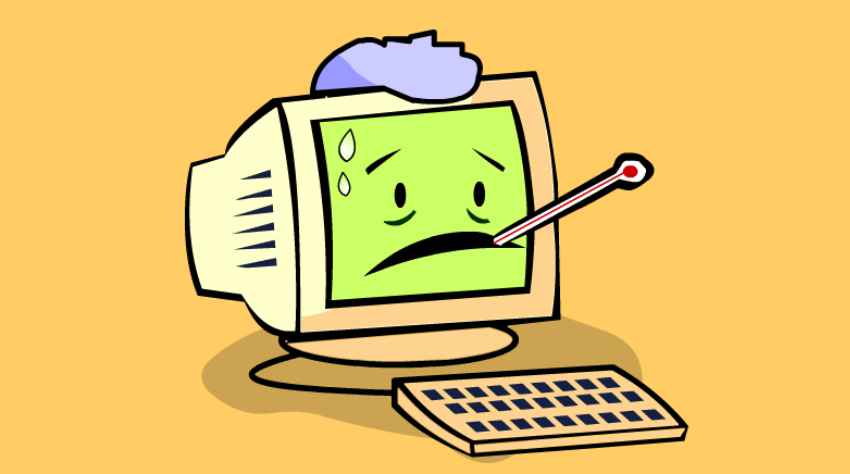Viruses are contagious, you could get it from anywhere just to keep in mind what are the possible ways you may get it will half the way protect you from it. So lets just go through these malicious viruses:
1.Boot Sector Virus
Boot sector viruses are considered common (about 70–90% of viruses identified in one study fell into this category). Initially it is mistaken as “memory” virus or memory card corruption when the victims encounter it, when they in fact are infected by a boot sector virus – this is because one of the common symptoms this virus creates is an operating system freeze.
From a user perspective, boot sector viruses is the most dangerous. Firstly they infect the master boot record, removing them takes a lot of effort it may require a full system format. Especially when the virus has encrypted the boot sector or terribly damaged the code.
They normally spread via removable media. In the 1990s they reached a peak when floppy disks were the norm, but USB drives and in email attachments you could find them. Luckily, advancements in BIOS architecture have reduced their prevalence.
- Direct Action Virus
A direct action virus is a virus that attacks or start to work immediately this can include nonviolent and less often violent activities which target groups, persons, or property deemed offensive to the direct action participants.
On a positive note, the virus does not typically delete files nor hinder your system’s performance. Apart from some files becoming inaccessible, it has a less impact on a user and removal is really easy with an anti-virus program.
- Multipartite Virus
Some viruses gets happy to scatter via one method or deliver Multipartie viruses or single payload want it all. This kind of viruses may take various actions on an infected computer depending on variables, such as the O.S. installed or the existence of certain files.
It is difficult to remove them when two-pronged attack comes over. Chances of reproduction of viruses occurs once you turn on the computer again, even if you had wiped a machine’s program files because the virus remains in the boot sector.
- Resident Virus
Resident viruses are the main type of file infectors. It install itself on a computer unlike direct action viruses. Even when the original source of the infection has been removed they could continue themself. As such, experts considers them to be more dangerous than their direct action cousin.
Depending on the programming of the virus, identifying them is tricky and even trickier to remove. You can split resident viruses into two areas; fast and slow infectors. Fast infectors cause faster damage in a swifter speed which cause a lot damage as quickly and are thus easier to spot; slow infectors symptoms develop slowly so becomes harder to recognize.
They stick themselves to your anti-virus software, infecting every file the software scans which is considered worst-case scenario.Unique tool (such as an operating system patch) is the ultimate way to get rid of it.
- Spacefiller Virus
Also known as “Cavity Viruses”, spacefiller viruses are more intelligent than most of their counterparts. A typical modus operandi for a virus is to simply sticking itself to a file, but what spacefillers try to do is enter into the empty space which can sometimes be found within the file itself. This is a method which allows virus to infect a program without damaging the code or increasing its size, thus enables it to bypass the need for the stealthy anti-detection techniques other viruses depends on.
These viruses are relatively rare, though the growth of Windows Portable Executable files provides them a new lease of life.
Prevention is Better Than the Cure
Take sensible steps already to protect yourself before the potential crippling fallout if you unfortunately get infected.
Try to avoid opening emails from unrecognized sources, use highly rated anti-virus suite, don’t let strangers use your system, don’t trust free USB sticks from conferences and expos, and avoid installing software from random websites.
-Pooja Jain


